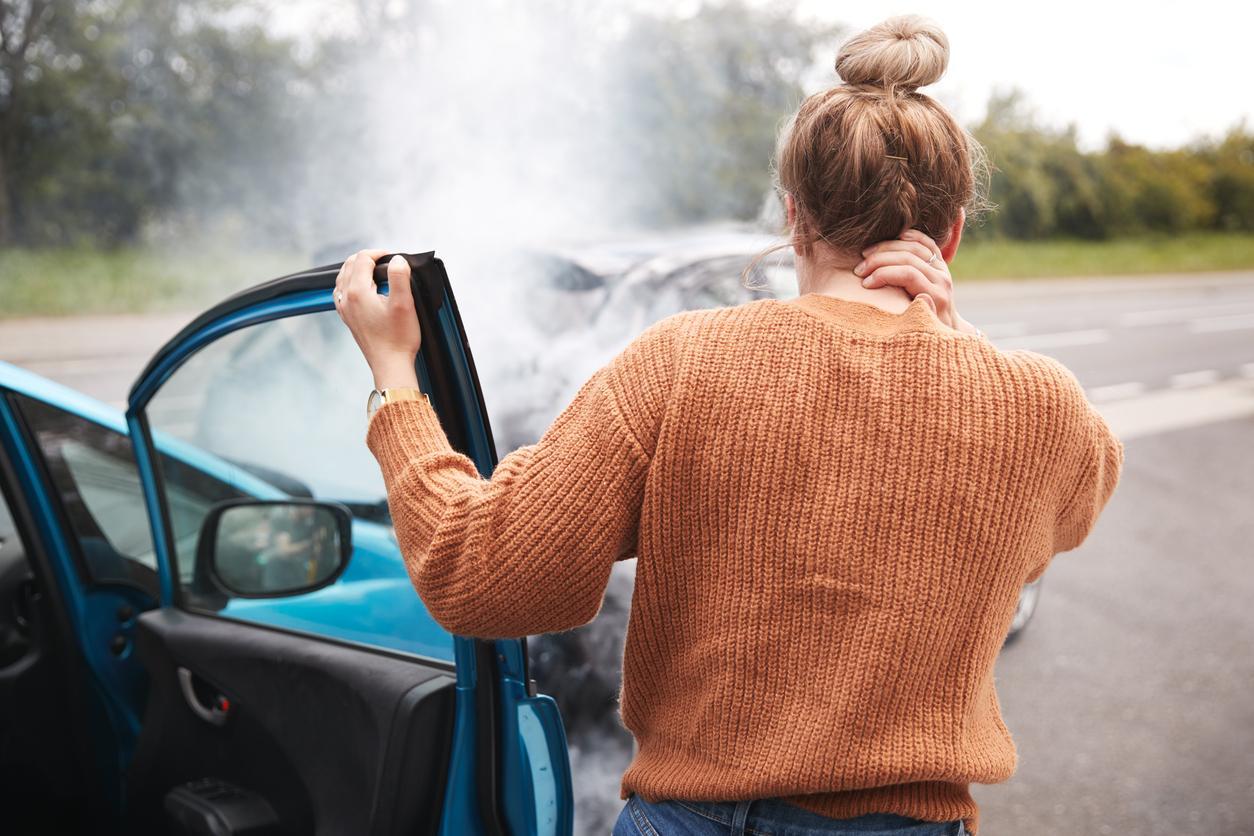Common Types of Injuries Resulting from Auto Accidents
Most auto accidents are unexpected, and they can often cause painful injuries that even impact you long-term. There are common auto accident injuries that you should be familiar with before sitting behind the wheel of a car.
After you’ve been injured, it’s going to be crucial for you to work with an attorney that specializes in car accident injuries so that you can build a claim to recover. In some cases, you might be awarded damages to help compensate you for the injuries you experienced and to help you restore your life so that it’s normal again. Below, you’ll find some of the most common auto accident injuries out there and some tips on how you can try to avoid them.
Scrapes and Cuts
If you get into a car accident, you might end up with some scrapes and cuts. This can be due to the impact of your vehicle or the other vehicle. You might even get hit by loose objects in the car, such as your phone. Regardless of what it is from, the scrapes and cuts can be quite painful and even be at risk for infection or other complications.
Traumatic brain injuries (TBI)
Car accidents commonly cause traumatic brain injuries, and they can occur when an individual’s brain is damaged due to a blow or piercing injury to the head. About 50,000 people die each year because of TBI and between 80,000-90,000 people end up suffering long-term disabilities.
Burns
In some cases, your vehicle might catch on fire after a car crash. If your skin comes in contact with hot surfaces, fluids, chemicals, or steam, you might suffer burns. If the burns are severe, they’ll likely require surgery or maybe even skin grafting.
Lacerations, bruises, and “road rash”
It’s common for there to be broken glass or even torn sheet metal after a car accident. There might even be flying objects during an accident. These objects and circumstances can cause lacerations or bruises to your body due to the impact. Road rash is something that might also be common. It’s when abrasion is caused thanks to the friction when you’re skidding or dragged on concrete or pavement.
Spinal Cord Injuries
Injuries to the spinal cord can lead to paralysis like quadriplegia, paraplegia, or tetraplegia due to the impact of the crash. The level or degree of the injury depends on how far low in the spinal cord the injury is.
Broken Bones
Other common auto accident injuries include broken bones. From arms to legs, hips, and shoulders, broken bones can be pretty common. An accident can put unnatural amounts of force onto your body. If the force is something more than what you and your bones can withstand, you’ll often end up with a free break. For more fragile bones in your body, like the ribs, they can be easier to break. The ribs can break due to light or moderate impact.
Whiplash
This is a popular name for muscle, tendon, and ligament injuries in car accidents. Quick and sudden movements can cause you to experience whiplash. You will usually be moving fast and unexpectedly in a car accident, which can strain the muscles and the soft tissues.
Herniated Disc
A herniated disc can happen when you least expect it, especially when you’re involved in a car accident. This kind of injury can cause a lot of pain and complications.
Disfiguring facial injuries and scars
Broken glass, impact with the steering wheel, harsh weather conditions, and more can cause facial injuries. Some facial injuries can be more in-depth and require additional surgical correction.
Knee injuries
When your vehicle is involved in an auto accident, you can tear your meniscus and/or the cartilage. Some of these injuries are more painful than other ones.
Soft tissue injuries
Injuries to the soft tissue points in your body can be damaged due to automobile accidents. Whether you have a strain, sprain, damage to tendons, muscles, and ligaments,
Wrist and hand injuries
In a car accident, your hand(s) can twist and break due to numerous reasons. Depending on the severity of the break or injury, you might have to get surgery.
Foot and ankle injuries
Feet, ankles, and toes can be severed in a car crash depending on where the vehicle was hit, the impact, and more.
Limb loss and amputation
Losing a limb, for whatever reason, can leave you with a permanent disability. There might be some cases where amputation is the right move. This can be a significant moment for the family and individual.
Post-Traumatic Stress Disorder
Not all common car accident injuries are physical. Many people tend to suffer from mental and emotional injuries after getting into an auto accident. In some cases, you might get post-traumatic stress disorder or PTSD for several reasons. The mental and emotional injuries that came about can be caused by any aspect of the accident, those involved, and more.
Psychological Pain Like Guilt
Aside from PTSD, you can suffer from different psychological injuries after getting in a car accident. In some cases, you might feel guilty and relive certain possibilities. Some might have their PTSD turn into flashbacks and more. When dealing with guilt like this, it’s best to get the proper help that is needed.
How Can an Injury Lawyer Help After a Car Accident?
After you’ve been involved in a car accident, it’s best to start looking into ways to not only make a full recovery. Working with a lawyer can help you with your injury claim.
Find An Auto Accident Attorney In Your Area
Auto Accident FAQ

